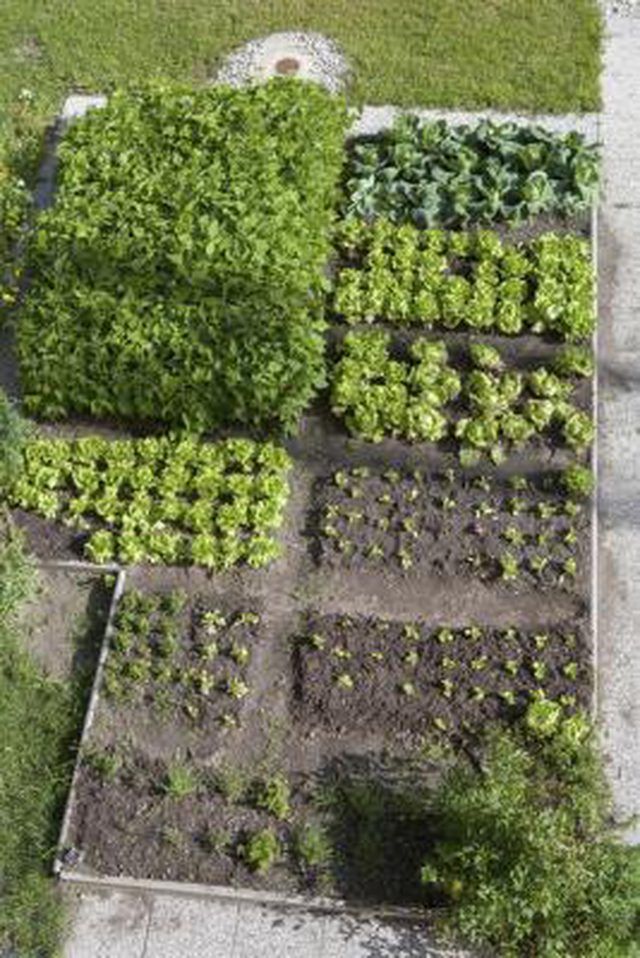Bulbs
Flower Basics
Flower Beds & Specialty Gardens
Flower Garden
Garden Furniture
Garden Gnomes
Garden Seeds
Garden Sheds
Garden Statues
Garden Tools & Supplies
Gardening Basics
Green & Organic
Groundcovers & Vines
Growing Annuals
Growing Basil
Growing Beans
Growing Berries
Growing Blueberries
Growing Cactus
Growing Corn
Growing Cotton
Growing Edibles
Growing Flowers
Growing Garlic
Growing Grapes
Growing Grass
Growing Herbs
Growing Jasmine
Growing Mint
Growing Mushrooms
Orchids
Growing Peanuts
Growing Perennials
Growing Plants
Growing Rosemary
Growing Roses
Growing Strawberries
Growing Sunflowers
Growing Thyme
Growing Tomatoes
Growing Tulips
Growing Vegetables
Herb Basics
Herb Garden
Indoor Growing
Landscaping Basics
Landscaping Patios
Landscaping Plants
Landscaping Shrubs
Landscaping Trees
Landscaping Walks & Pathways
Lawn Basics
Lawn Maintenance
Lawn Mowers
Lawn Ornaments
Lawn Planting
Lawn Tools
Outdoor Growing
Overall Landscape Planning
Pests, Weeds & Problems
Plant Basics
Rock Garden
Rose Garden
Shrubs
Soil
Specialty Gardens
Trees
Vegetable Garden
Yard Maintenance
How to Build Cinder Block Raised Beds
How to Build Cinder Block Raised Beds. Raised garden beds have many benefits for gardeners, especially when soil does not drain well because of its type or beds are desired in low-lying areas. A raised garden bed's sides are above ground level, and garden soil placed on top of the existing soil allows the bed to drain well and keeps the garden...

Raised garden beds have many benefits for gardeners, especially when soil does not drain well because of its type or beds are desired in low-lying areas. A raised garden bed's sides are above ground level, and garden soil placed on top of the existing soil allows the bed to drain well and keeps the garden weed-free. A raised bed's height can be extended to accommodate a gardener in a wheelchair or someone who has a back ailment and is not able to bend well. Cinder blocks can form the sides of raised beds, and using 80 cinder blocks per bed works well.
Things You'll Need
Leather gloves
Safety glasses
40 rebar pieces, each 36 inches long
Sledgehammer
Newspaper
Garden soil
Garden hose
Choose an area in your lawn for your first cinder block raised bed, ensuring the site receives the amount of sunlight required by the plants you want to grow in the bed. Vegetable plants usually need about six hours of sunlight per day. The amount of sunlight flowering plants need varies by plant type and ranges from full sun to full shade.
Put on leather gloves to protect your hands from the cinder blocks' edges, which may be sharp. Lay 10 cinder blocks in a straight line on the ground of the selected site, abutting the blocks' ends and with the blocks' openings facing upward. Place an additional cinder block perpendicular to the block at one end of the cinder block line, abutting the new block next to the end block so the two blocks form a straight corner. Place nine additional cinder blocks in a straight line from the corner's new cinder block, forming the second side of the raised bed.
Lay cinder blocks for the other two sides of the raised bed in the same manner that you laid blocks for the first two sides. The result should be a square bed..
Lay the first cinder block for the second course, or layer, of the raised bed on a corner of the first layer, setting the new block perpendicular to the direction of the block underneath it. For example, place one cinder block on each of the bed's second- and fourth-side corners with the first side. Those second-layer blocks should be directly on top of the blocks underneath them. Slide these two new blocks toward the bed's first side to align the first hole of each of those two blocks with the first and last holes of the blocks directly below in the first side's first layer.
Lay the rest of the second-layer blocks in the same manner as the first two blocks so that the joints or seams between blocks in the bed's layers are staggered.
Put on safety glasses, and place one 36-inch long piece of rebar in each of the bed's 40 cinder block holes. Drive each rebar piece into the ground by using a sledgehammer until the rebar is a few inches below the top of each cinder block in the second layer. The rebar will keep the blocks from moving in the ground from weather or if something bumps them.
Place newspaper pages inside the raised bed, covering the soil and grass completely with a thickness of at least 6 pages. The newspaper will help keep weeds and grass from growing in the garden, saving you weeding time.
Fill your raised bed garden with garden soil. Water the soil with water from a garden hose, expelling air pockets from the soil. Add garden soil until the soil surface is near the bed's top. Afterward, you can add plants to the bed and enjoy the fruits of your labor.
Follow the same procedure you used to build your first cinder block raised bed when you build each additional raised bed.
Tips & Warnings
Fill the cinder block holes with garden soil and add small, colorful plants for a living border.
Add as many layers of cinder blocks as you wish, but alternate the placement of the cinder blocks as your build. For example, put all the blocks in the odd-numbered layers in the same position as the blocks in the first layer, and arrange the even-numbered layers' blocks so they mirror the block positions in the second layer. Insert rebar through the blocks' openings to keep the block walls secure.
Keep bystanders, helpers and pets back from the area while you use the sledgehammer. It can slip off the rebar, strike the cinder blocks and dislodge pieces that become flying debris.